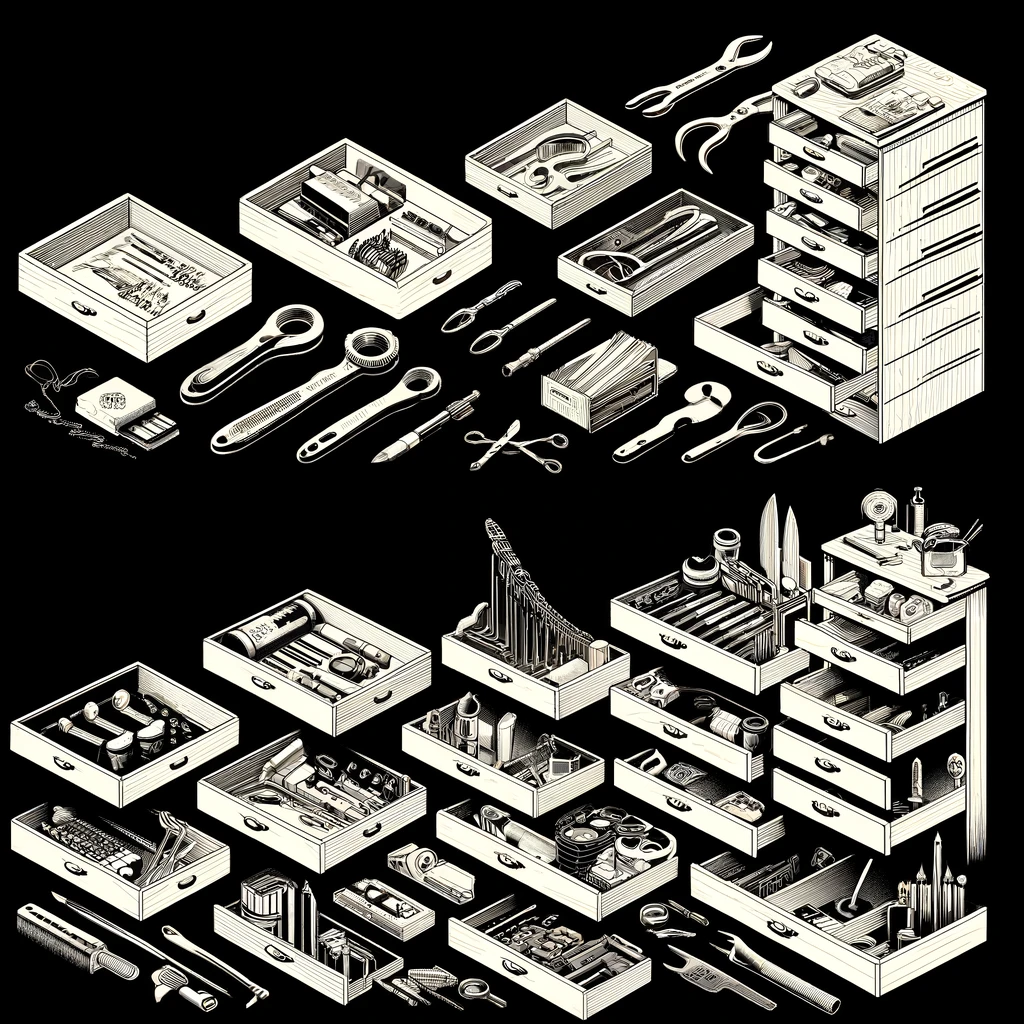Advantages of Using Drawer Organizers
Drawer organizers offer myriad benefits that can significantly improve the functionality and aesthetics of your living or workspace. One key advantageer organizers is their ability to enhance organization and efficiency. By providing designated compartments for different items, these organizers help you keep your belongings neatly arranged and easily accessible, saving you time and frustration when searching for specific items. Additionally, drawer organizers can help prevent clutter and chaos within your drawers, creating a sense of order and tidiness in your environment.
Furthermore, using drawer organizers can help prolong the lifespan of your belongings. By keeping items separated and preventing them from shifting around, organizers can minimize wear and tear on delicate items such as jewelry, accessories, or utensils. This can help you maintain the quality and condition of your possessions and save you money in the long run by reducing the need for frequent replacements. In essence, drawer organizers serve as a simple yet effective solution to streamline your storage space and enhance your daily life.
Maximizing Drawer Space
Drawer organization is essential for maximizing space and efficiency in any room. Utilizing interlocking drawer organizers can help keep items neatly separated and easily accessible. By customizing the layout of the dividers to fit the specific items stored in the drawer, one can create a tailored organization system that saves space and minimizes clutter.
With interlocking drawer organizers, it becomes effortless to designate specific compartments for different types of items, from clothing and accessories to office supplies and kitchen utensils. By dividing the drawer into sections that precisely fit the dimensions of the items being stored, one can prevent them from shifting around and becoming disorganized. This method allows for a systematic approach to organizing belongings and ensures that every inch of the drawer is utilized efficiently.
The Future of Drawer Organization
As we delve into the future of drawer organization, revolutionary technological advancements are shaping the way we utilize space within our drawers. Modern drawer dividers innovations enable individuals to customize their storage solutions with precision and ease. From adjustable compartments to automated sorting mechanisms, the future of drawer organization is paving the way for unparalleled efficiency and organization.
Furthermore, integrating sustainable materials in drawer organizers is set to redefine the industry's environmental impact. Eco-conscious consumers are increasingly seeking eco-friendly drawer divider options that declutter their spaces and contribute to a greener planet. As the demand for sustainable solutions continues to rise, manufacturers are exploring innovative ways to incorporate recycled materials and biodegradable components into their drawer organization products.
Technological Advances in Drawer Dividers
As technology continues to advance at a rapid pace, the realm of drawer organization has not been left behind. Innovations in drawer dividers have transformed the way we think about storage solutions. Companies are now incorporating cutting-edge features such as RFID tracking, smart sensors, and automated sliding mechanisms into their drawer organizers. These technological advancements make organizing easier and add a touch of modernity to our living spaces.
One of the most exciting developments in drawer dividers is the integration of smartphone connectivity. With the use of dedicated apps, users can now customize their drawer layouts, receive notifications on inventory levels, and even set reminders for organizing tasks. This seamless integration of technology into drawer organizers simplifies the process of keeping things tidy and introduces a new level of convenience into our daily lives.
Sustainable Materials in Drawer Organizers
When considering sustainability in drawer organizers, opting for eco-friendly materials is a conscious choice that benefits both the environment and the user. Bamboo, for example, is a popular choice due to its rapid growth cycle and minimal environmental impact. Its durable material provides a natural aesthetic to any drawer organizer, making it a practical and stylish option for those looking to reduce their ecological footprint. Additionally, bamboo is known for its antimicrobial properties, keeping drawers clean and free from bacteria.
Another sustainable material gaining popularity in drawer organizers is recycled plastic. By utilizing post-consumer plastic waste to create dividers and trays, these organizers help reduce the amount of plastic ending up in landfills while providing a functional storage solution. Recycled plastic drawer organizers are durable and easy to clean and contribute to the circular economy by promoting the reuse of materials. With a growing emphasis on sustainability, the use of eco-friendly materials in drawer organizers is a step towards a more environmentally conscious lifestyle.
EcoFriendly Drawer Divider Options
Eco-friendly drawer divider options have gained popularity as more individuals prioritize sustainability in their purchasing decisions. These environmentally conscious options are crafted from natural materials such as bamboo, cork, or reclaimed wood, minimizing the ecological footprint associated with traditional plastic organizers. By opting for eco-friendly drawer dividers, consumers can contribute to minimizing waste and promoting a greener lifestyle within their homes.
In addition to their sustainability benefits, eco-friendly drawer dividers often boast a stylish and modern aesthetic that complements various interior design themes. With sleek finishes and thoughtful craftsmanship, these organizers provide practical storage solutions and enhance the overall look of the drawer space. Choosing eco-friendly drawer divider options allows individuals to align their organizational efforts with their values, creating a harmonious blend of functionality and environmental responsibility in their living spaces.

